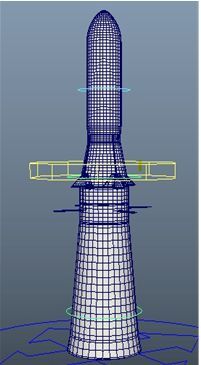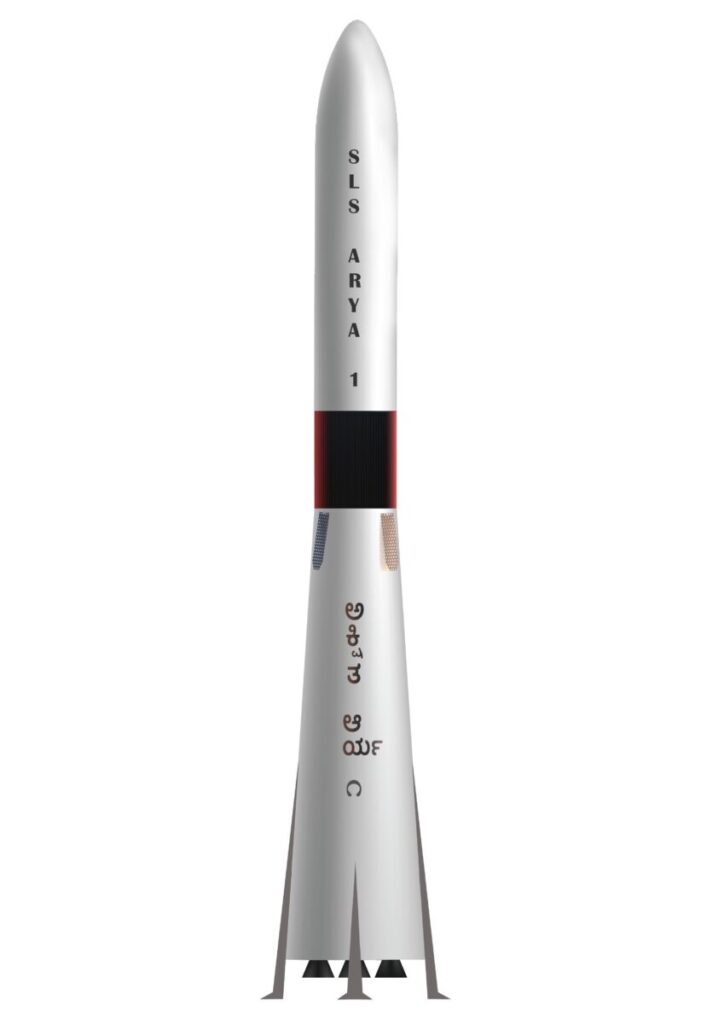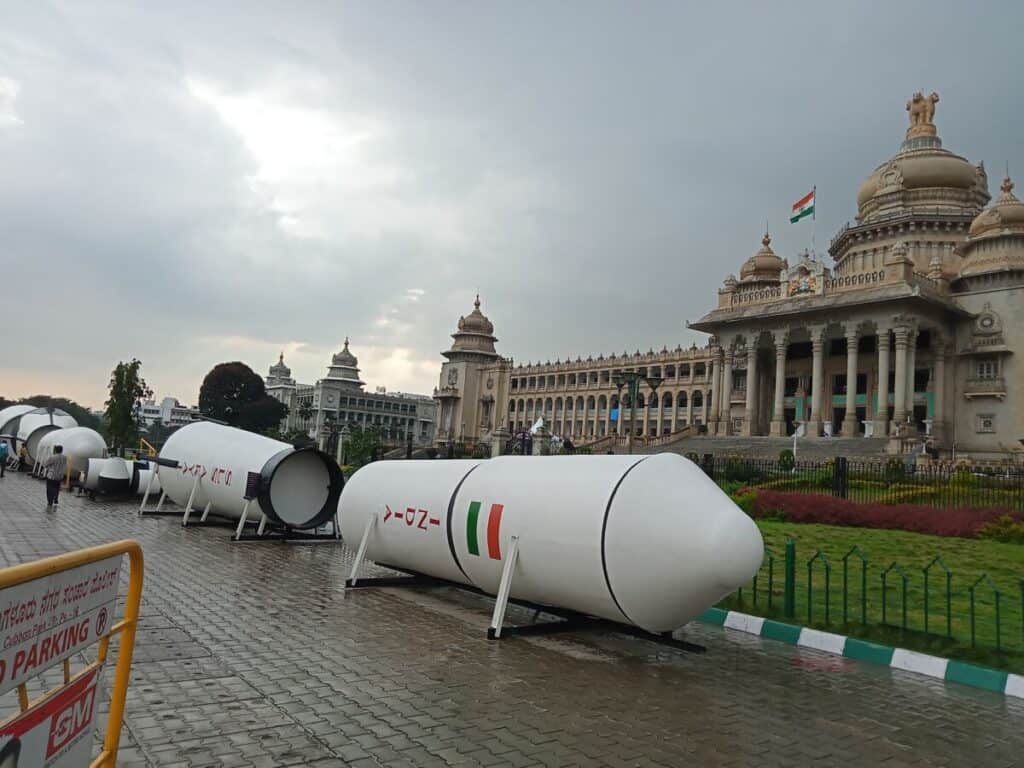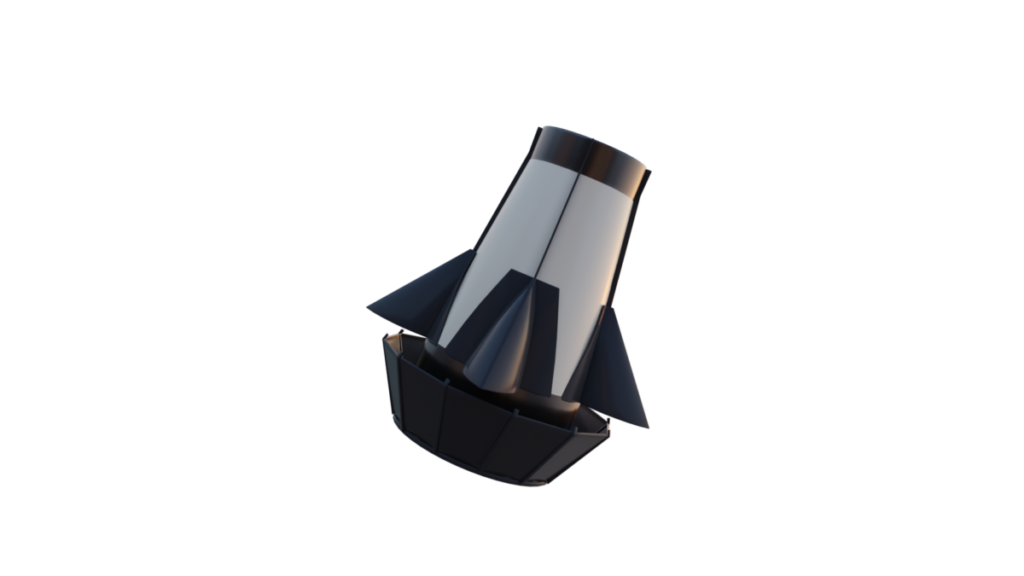SLA ARYA Architecture: A New Frontier in Heavy Lift Technology!
or
Just another Heavy Lift Architecture!
SLS ARYA is a three stage rocket architecture with first two stages reusable. The third stage is designed for material reuse on Mars. Yes! With the advent of 3D printing, we can do MORE of USE and LESS of THROW on materials used in rocket construction. In traditional rocket design (USE AND THROW), all stages are USED ONCE and THROWN away after use. SpaceX has shown how to REUSE first stage with their recovery methods (Falcon 9) on ground and sea. SpaceX is working on recovering second stage with total re- usability of entire vehicle with StarShip architecture. Our approach, though looks similar to SpaceX in recovery of first and second stages, we do find attempting to salvage third stage materials in orbit as usable input raw materials for 3D printing would be far more economical than bringing whole stage back to earth. We think this approach is logical as development of human settlement on Mars would need huge amount of minerals, Until factories can come up on Mars producing local mineral resources, carrying metals from earth seems to be the only viable option and we think SLS ARYA architecture is going to be relatively economical in this aspect.
The SLS ARYA architecture presents a framework that embraces continuous advancements in engine technology and material science. In contrast to the all-steel construction of StarShip, SLS ARYA ingeniously incorporates carbon composites in its second stage, capitalizing on their exceptional properties. The first stage harnesses the strength of steel, while the third stage introduces an innovative alloy carefully selected for its reusability in 3D printing applications. This visionary design is underpinned by a streamlined launch infrastructure in its stage zero, promoting simplicity and efficiency. An ingenious strategy involves stockpiling reusable 3rd stage materials at a dedicated cargo depot nestled in the Low Earth Orbit, thereby pioneering an economical and sustainable space exploration of Planet Mars..
SLS ARYA emerges as a paradigm in the realm of heavy lift rocketry. With three stages, the initial two stages are fully reusable. However, it is the ingenious design of the third stage that truly sets SLS ARYA apart, as it is optimized for material reuse upon reaching Mars. The advent of revolutionary 3D printing technology has bestowed upon us the power to transcend the conventional cycle of use and discard in rocket construction. Traditionally, rockets were conceived as single-use entities, all stages destined for a single mission before being jettisoned. SpaceX’s groundbreaking strides in stage reuse, most notably through the Falcon 9 and StarShip architectures, have revolutionized the space industry. Our approach aligns with this revolutionary ethos, as we pursue the recovery of first and second stages akin to SpaceX’s visionary methods. However, our distinctive divergence lies in the endeavor to salvage third stage materials in orbit, harnessing them as invaluable raw materials for 3D printing. This resource-efficient concept is not only economical but also astutely anticipates the colossal mineral demand inherent in the establishment of a human presence on Mars.



